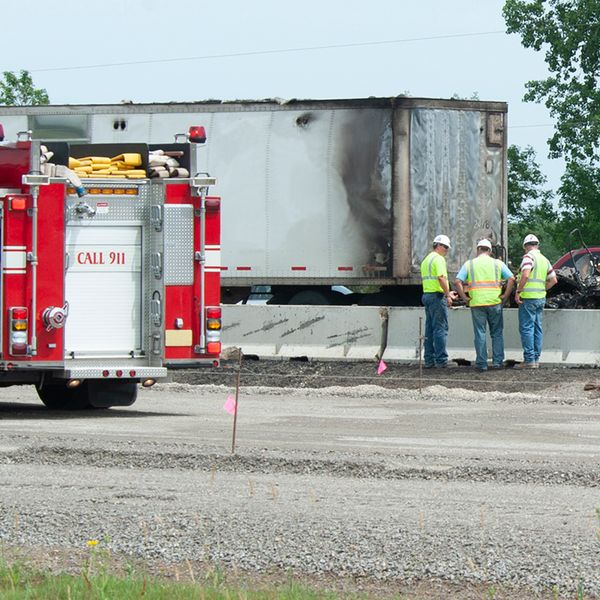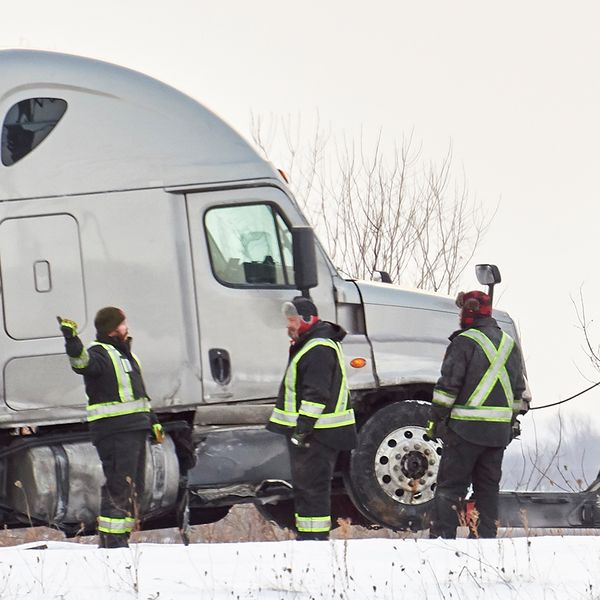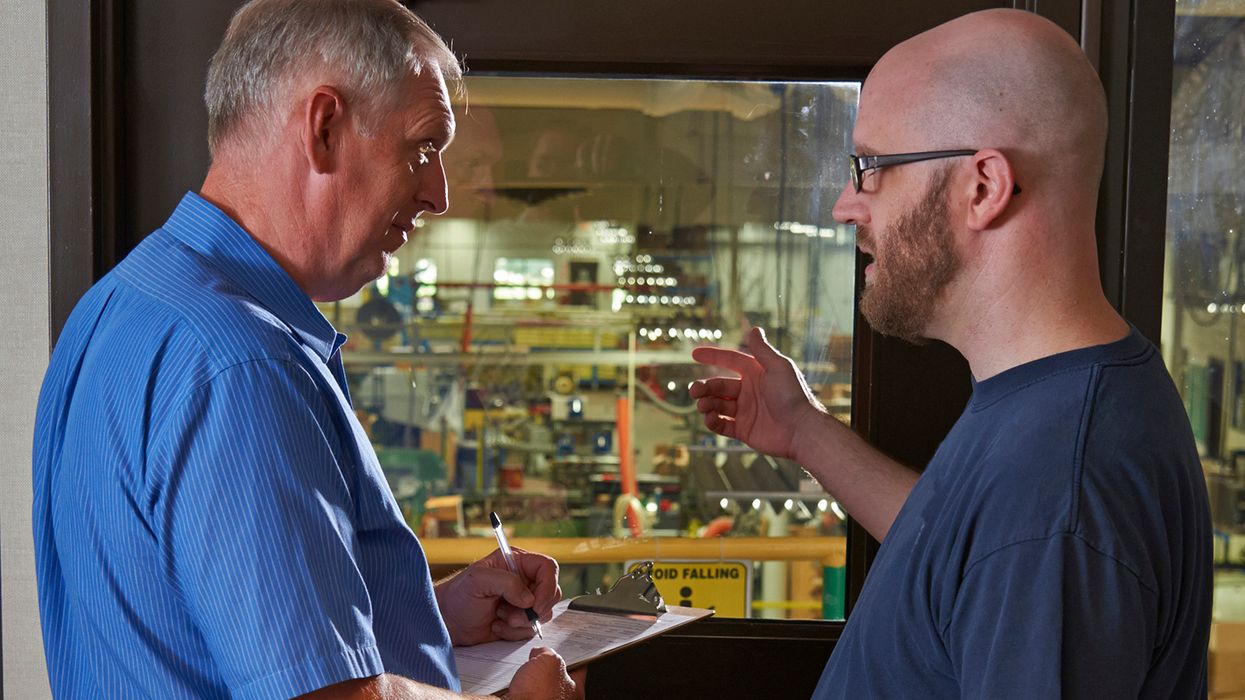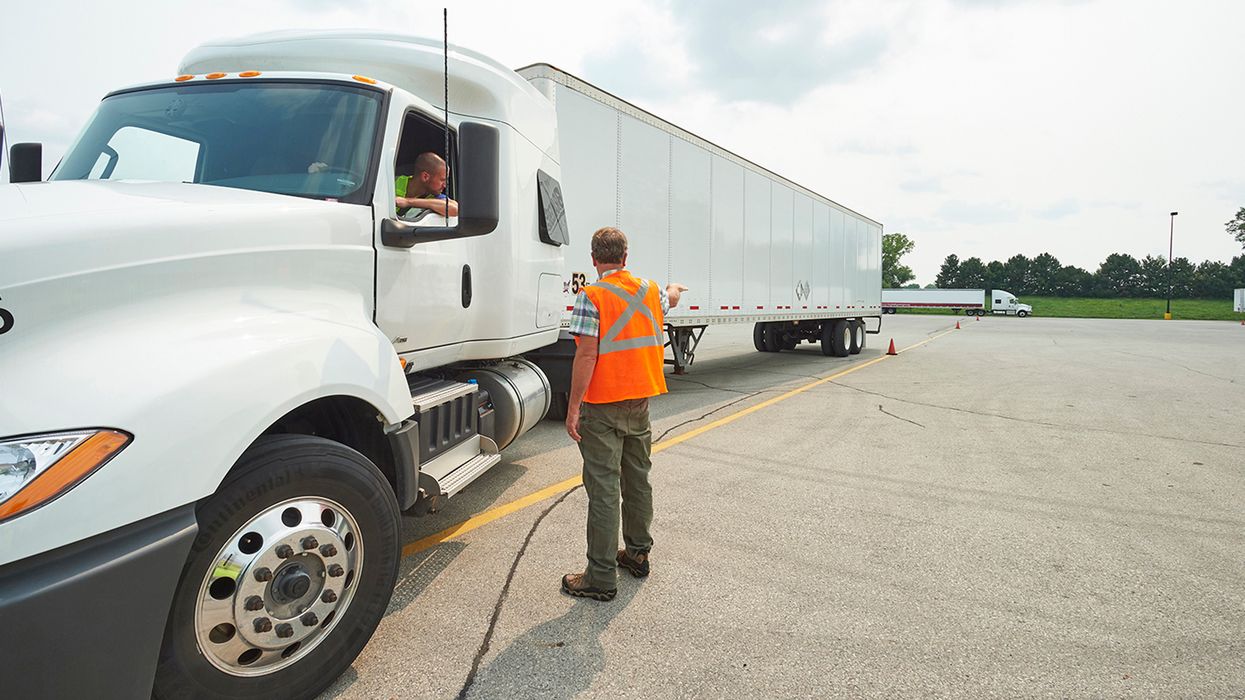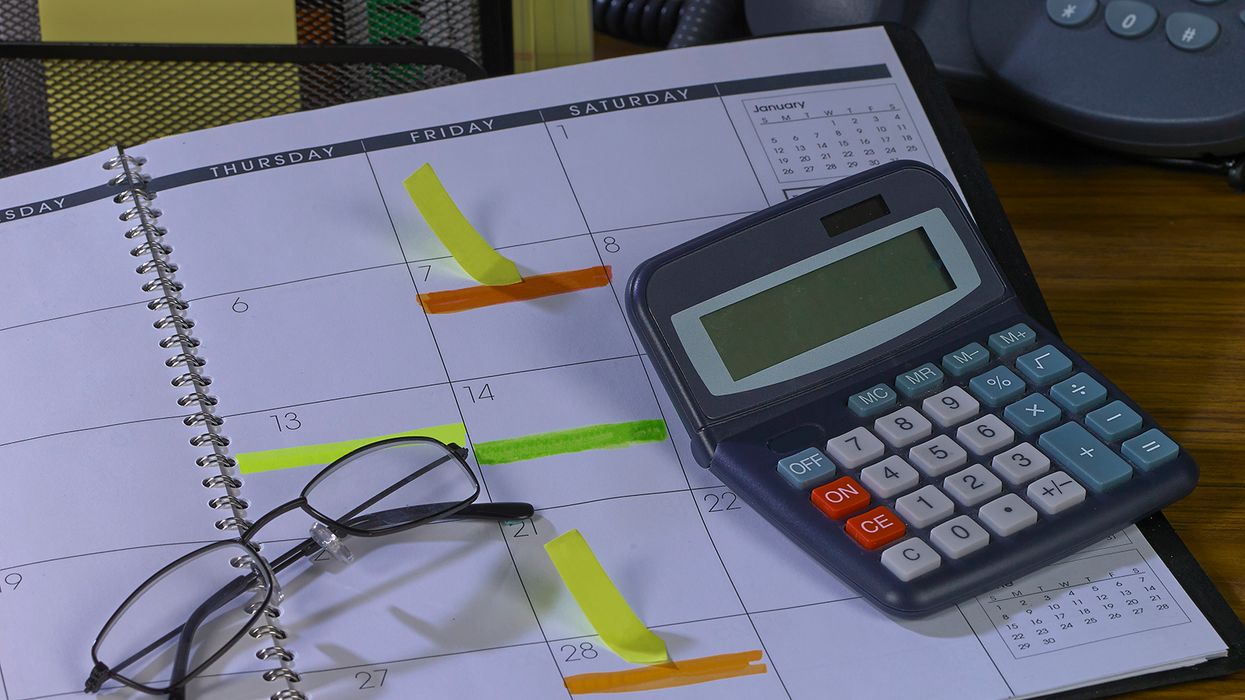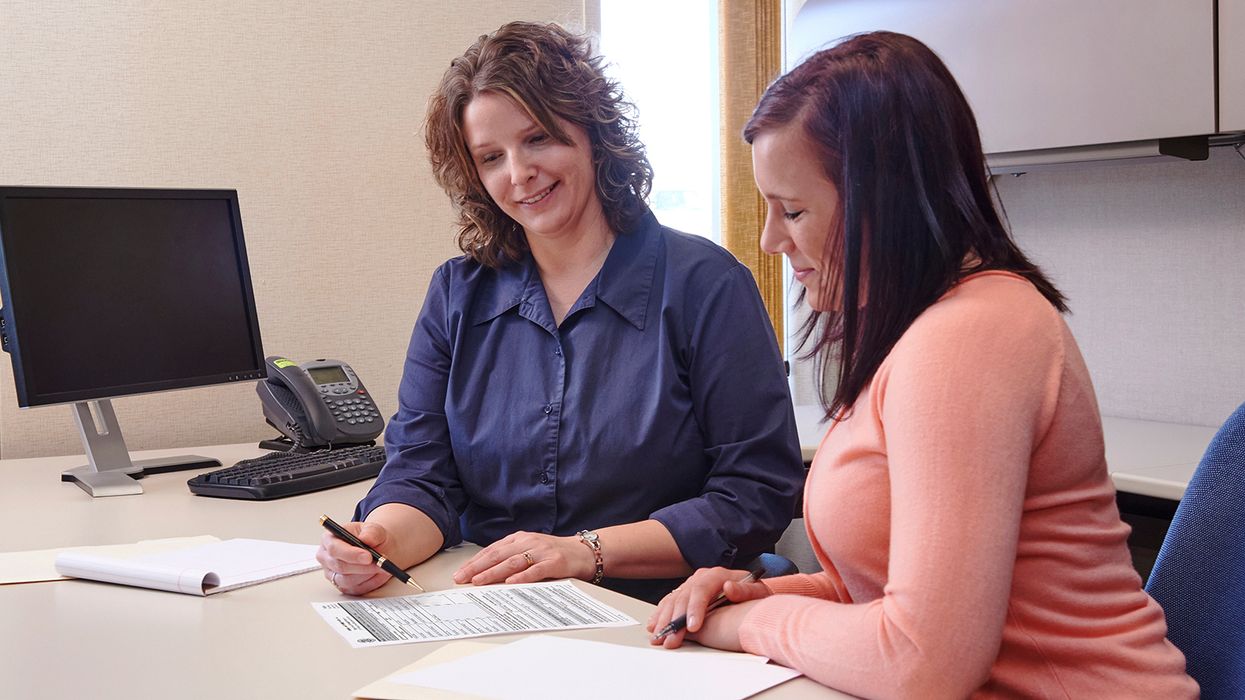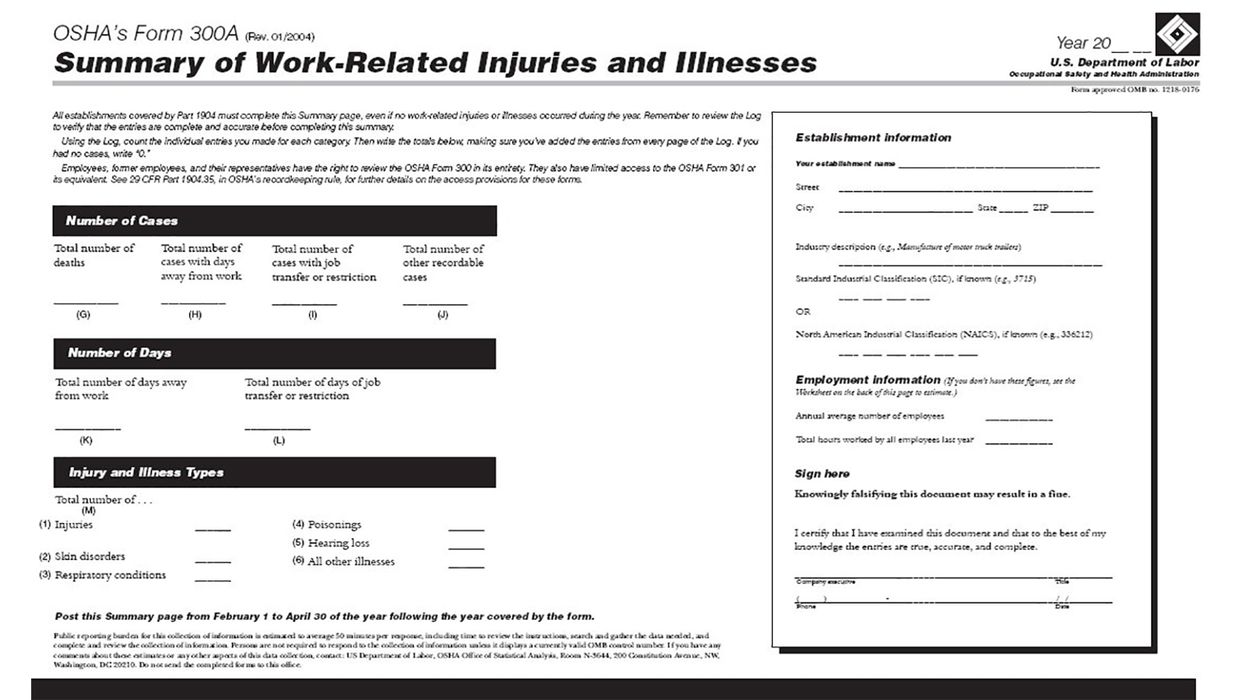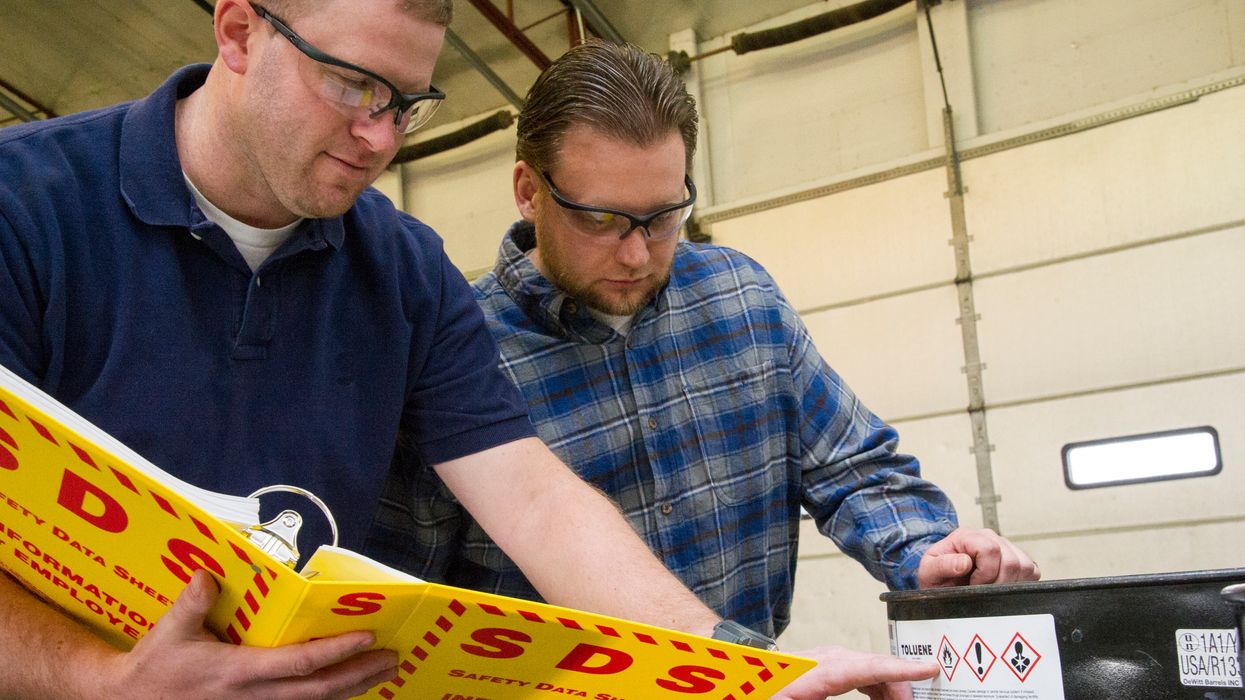Three keys to preventing unnecessary losses to CMV-related litigation
To prevent bad outcomes from litigation following a vehicle crash, is it better to be proactive or reactive? The answer is both, according to experts at a J. J. Keller & Associates, Inc. seminar in Arlington, TX.
Near the end of the event, which focused on preventing losses to litigation, a customer asked the speakers, “If you had to break it all down to three key points to keep bad outcomes from happening during litigation, what would they be?” Interestingly, the two speakers, both well-versed in litigation, gave two different answers. The first speaker, a J. J. Keller expert in safety and compliance, said:
- Know and follow the regulations and your policies. This is the roadmap the plaintiff’s attorneys will follow to try to prove that, as a company, you are negligent.
- Know the data you are creating. Know what data you have in-house, know the data about you that is public, and review it all regularly. If the data is not showing that you are a safe and compliant carrier, take the steps necessary to correct it.
- Take action. One of the worst scenarios a carrier can deal with during litigation is the facts showing that you knew of a problem (problem driver, problem supervisor, defective vehicle, drivers not following a policy, etc.), but did nothing. Or, that you could have and should have known about an issue but chose not to look at or use the data that showed you had a problem.
The second speaker, who was an attorney who specializes in motor carrier defense, endorsed the first three key points, but then added three additional ones:
- When a crash happens, act early. Start getting information and collecting evidence as soon as possible. This way, you can decide what is going on, what your exposure is, and what you need to do next.
- Control the litigation atmosphere. Following a serious crash, do not sit back and wait for the other side to engage you. In other words, do not wait for bad things to happen. Get out in front of the case.
- Once litigation starts, control the narrative, not just the facts. To the plaintiffs, the court, and the jury (if it comes to that), you want to appear to be a good company that was involved in a bad situation, not a bad company that finally had their way of operating catch up to them.
Why the different approaches? Safety and compliance people tend to think in terms of prevention. Defense attorneys (at times) tend to focus on how to most effectively deal with what has already happened.
So, who is right? They both are. Step one is to avoid the situation where litigation and a bad outcome are possible. However, as this is not always possible, you need to be ready to deal with litigation when it does happen.
Key to remember: You need to be both proactive and reactive when it comes to preventing losses to litigation.




